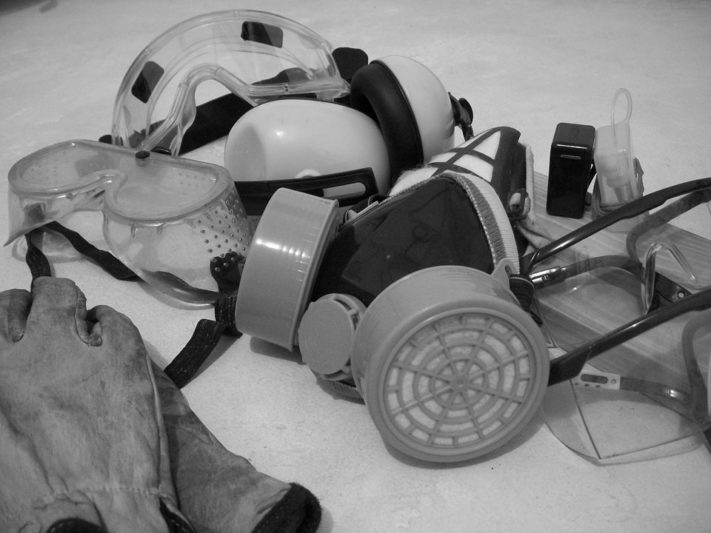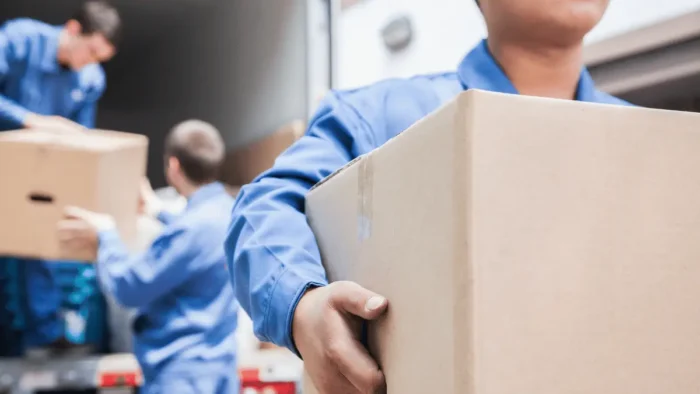There are many rules and regulations that you need to follow in order to make health and safety a priority for your small business. QA International will help you make sure that you’re aware of these fundamentals, and help you make a better work environment for your employees.
The first thing you’ll want to do is draft up a health and safety policy. This should be a priority and be one of the first things you do as a new business owner. If you have less than five employees, you don’t need a written one, but you still need to have a policy in place. There are templates available online to help you out in this endeavor.
Then you need to carry out a risk assessment. You need to examine the areas of your workplace to check for any potential hazards. When you’ve identified them, and spoken to your employees, you need to find a way to minimise the risks through preventative measures.
Staff training is also very important. Even in a low-risk business (something like an office rather than a factory), you need to do this. At the very least, you need to provide simple instruction and various information to your employees so they reduce their risk around the office. A business place like a factory would need to provide much more training than this, however.
Make sure your safety rules are easy to understand and follow, so that every employee can make it out safe in case of some kind of emergency. You also will need to make sure to go back over this information with your employees every once in a while. Only going over it once will not do. Also, you’ll want to display a health and safety poster in your office.
Then you want to ensure that your facilities are up to scratch. You need to make sure that you have the correct facilities to keep both staff and visitors safe. This includes having toilets, sinks with soap and hand dying facilities, safe drinking water, a place to rest and eat, a place to store clothes, and somewhere to change.
This also includes having good ventilation, a good temperature throughout the office, suitable lighting, a clean workspace, and containers for waste.
Always make sure that you carry out proper maintenance on both the premises and on equipment. Make sure that the floor and traffic areas are always clear. You’ll want to make sure the windows can be easily opened and always clean, and only use protected safety materials for transparent walls and doors.
And of course, you’ll need employer’s liability insurance. For more information, visit this guide from the Health and Safety Executive.





